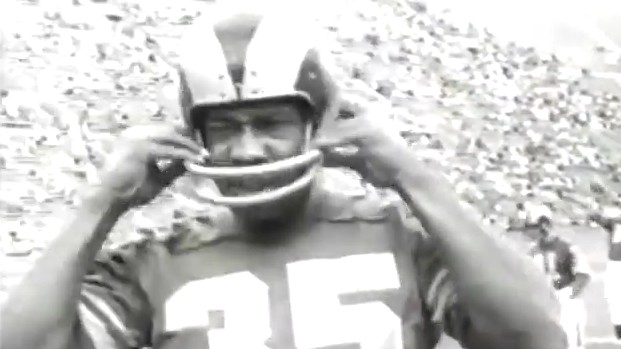Editor’s note: The following article is an op-ed, and the views expressed are the author’s own. Read more opinions on theGrio.
Players from HBCUs get a little extra shine when they reach the Super Bowl, where legends like Jerry Rice, Doug Williams and L.C. Greenwood put their names in the record book after collegiate exploits at Mississippi Valley State, Grambling State and Arkansas Pine-Bluff.
This year’s big game features cornerback Joshua Williams (Fayetteville State), playing in his second straight Super Bowl with Kansas City, and defensive tackle Javon Hargrave (South Carolina State), also playing in his second straight Super Bowl — with San Francisco this year and Philadelphia last year.
Paul “Tank” Younger doesn’t live in Super Bowl lore, mainly because he retired in 1958, before the league’s inaugural lollapalooza in 1966. But his name rings as loudly as any Black player you ever heard, whether from an HBCU (like most did before the 1960s) or from the predominantly white institutions that continue to draw the most top-level talent.
Younger’s legacy hangs on history’s wall of trailblazers, where “first NFL player from an HBCU” is under his nameplate. He’s near the space reserved for Fritz Pollard, who has dual plaques as the NFL’s first Black player (1920) and first Black coach (1921).
NFL Commissioner Roger Goodell mentioned “progress” this week in defending the league’s diversity. Progress was scant after Pollard debuted. Just a few more players over the next 30 years were allowed through the color line. Younger was one, but not with the most attention.
The spotlight went to George Taliaferro and Wally Triplett, who became the NFL’s first Black draft picks in 1949. They attended Indiana and Penn State, predominantly white schools that drew football scouts, unlike HBCUs.
Younger went undrafted and signed as a free agent with the Los Angeles Rams. He represented every HBCU player when…
Read the full article here



